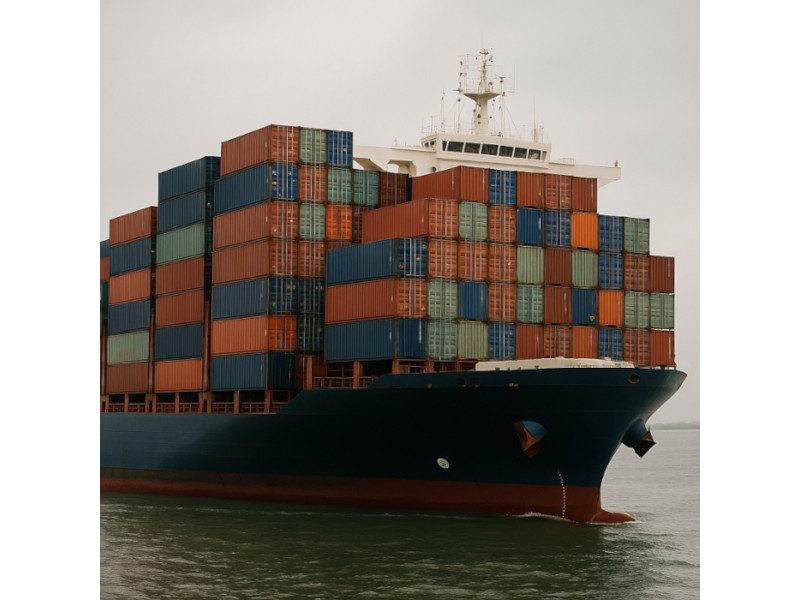Since its founding in 1949, the Liebherr Group has grown into one of the world’s most respected manufacturers of construction and material-handling equipment. With its roots in Germany, Liebherr is now a global conglomerate with over 150 companies spread across multiple continents. Among its many achievements, Liebherr is a market leader in maritime handling solutions, producing ship, mobile harbour, and offshore cranes, alongside components for container cranes and reach stackers. In 2023, the Group’s revenue exceeded €14 billion, and it employed more than 50,000 people globally. A family-run business with a reputation for innovation and high-quality products, Liebherr’s journey to becoming a dominant force in the port equipment industry began with the release of the LGM 1130 mobile harbour crane in 1974.
The LGM 1130 was introduced during a critical period for the maritime industry. Global trade routes were expanding, and containerisation was becoming the standard for shipping worldwide. Ports needed versatile and flexible equipment capable of keeping up with the increasing demands of global commerce. The LGM 1130 met this challenge head-on, offering a unique folding-tower design that allowed it to operate under larger STS container cranes, adding an additional layer of flexibility to port operations. This crane’s ability to fold its boom and navigate tight spaces made it indispensable in a rapidly changing industry. The LGM 1130 set the foundation for what would become Liebherr’s hallmark in the mobile harbour crane sector: a focus on flexibility, versatility, and technological innovation. Over the next five decades, Liebherr’s engineers continued to refine and evolve their mobile harbour crane models, culminating in today’s highly advanced LHM series, which sets new benchmarks for sustainability, automation, and digital integration.
The Evolution of Efficiency and Versatility
The introduction of the LHM 250 in 1996 marked a significant leap forward in the design and functionality of Liebherr’s mobile harbour cranes. With this model, Liebherr introduced several groundbreaking features that set new standards for efficiency in port logistics. One of the key innovations was the X-shaped undercarriage, which allowed for improved load distribution and manoeuvrability in increasingly congested port environments. This design feature was crucial in helping ports optimise space, enabling cranes to operate in narrow quayside spaces without the need for extensive modifications or preparation. The LHM 250 was also Liebherr’s first mobile harbour crane to incorporate telemetry, a significant technological advancement that enabled remote monitoring and data transmission. Telemetry allowed port operators to track the crane’s performance in real-time, reducing downtime and improving efficiency by identifying potential maintenance needs before they could lead to costly operational delays. This early foray into digitalisation set the stage for further advancements in crane automation and remote diagnostics.
Read more news and exclusive features in our latest issue here.
Never miss a story… Follow us on:
International Trade Magazine
@itm_magazine
@intrademagazine
Media Contact
Joseph Clarke
Editor, International Trade Magazine
Tel: +44 (0) 1622 823 920
Email: editor@intrademagazine.com







